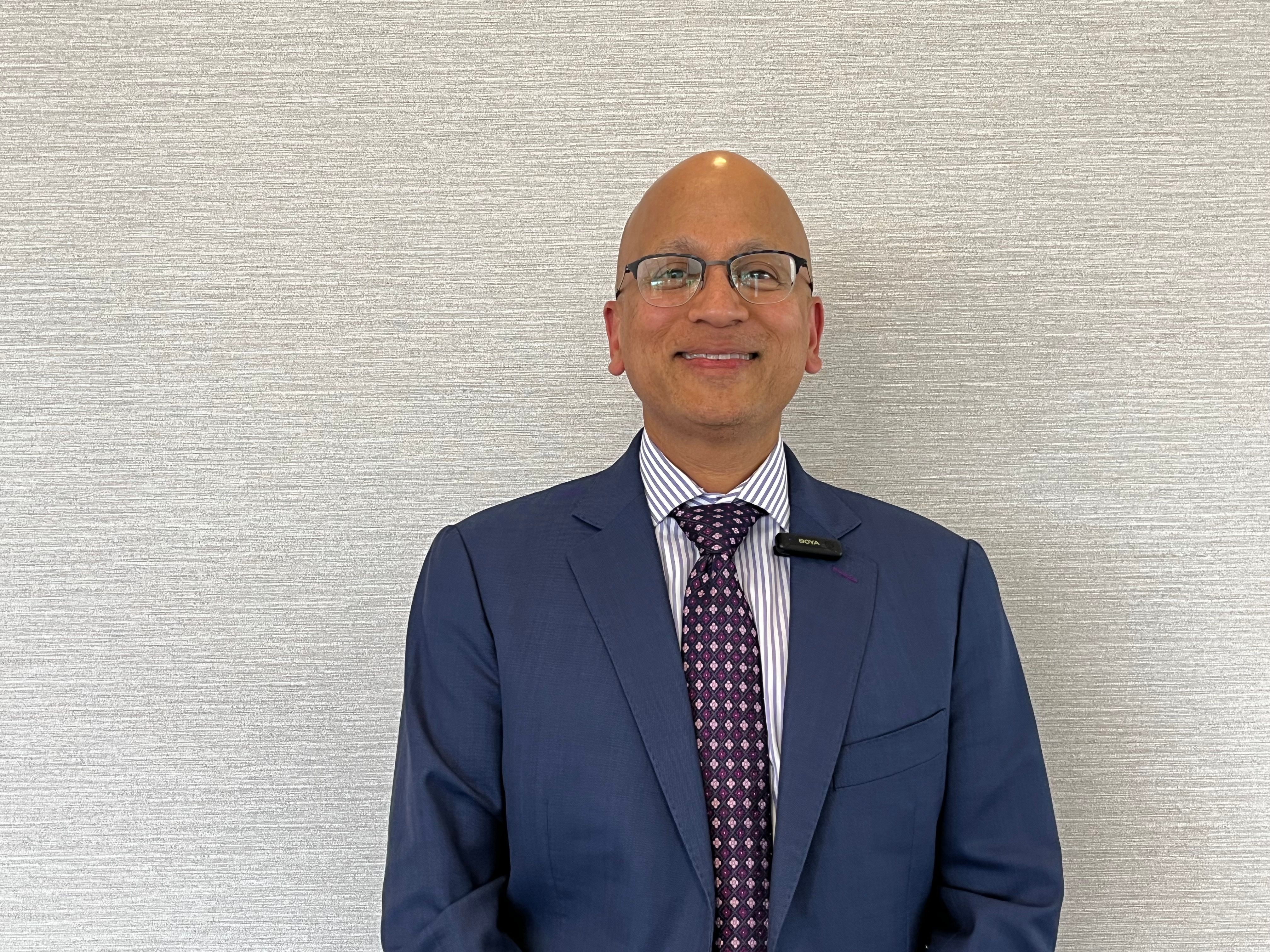Article
Surgeon compares implant extrusion following evisceration
Implant extrusion following evisceration is a known complication, observed ever since the procedure was first performed more than 100 years ago.
Columbia, MO-A study of three techniques for implantation of a primary orbital implant following evisceration has shown that all are safe and effective in patients with endophthalmitis. The immediate implant technique, in which the implant is inserted as soon as evisceration is completed, is not associated with unacceptably high implant extrusion rates and is simpler and more cost-effective than either the delayed or intermediate technique, said Don Liu, MD, professor of ophthalmology, University of Missouri-Columbia.
A paper on Dr. Liu's study of implant extrusion rates was published in Transactions of the American Ophthalmological Society in 2005.
Implant extrusion following evisceration is a known complication, observed ever since the procedure was first performed more than 100 years ago, Dr. Liu explained.
Oculoplastic surgeons rely on three different techniques for implantation following evisceration. The immediate implant technique places the implant in the shell immediately after evisceration. Although there is a long-held surgical principle that an implant placed in an infected site is likely to extrude, some surgeons believe the likelihood of extrusion is too low to warrant postponement of implant insertion, and they proceed with implant insertion immediately after evisceration rather than subjecting the patient to a longer hospitalization and a second surgery, Dr. Liu said.
Other surgeons prefer the delayed implant technique when infection is present because of the presumed increased risk of extrusion. The evisceration wound is left open, and the scleral shell is packed with antibiotic-saturated gauze and is allowed to granulate in. An implant is inserted only as a secondary procedure, if at all. In delayed implants, the risk of infection is theoretically low, but at the cost of performing two procedures and risking possible complications stemming from the delay, he said.
A third alternative is an intermediate approach, in which primary wound closure is delayed following evisceration and the scleral shell is packed with antibiotic-saturated gauze for a few days. The implant is then inserted several days after the evisceration.
Study design
Dr. Liu designed a study to determine early implant extrusion rates in patients with endophthalmitis who are undergoing evisceration and immediate or delayed implant and in patients without endophthalmitis undergoing evisceration and immediate implant insertion. He also evaluated postoperative pain.
The study was carried out at King Khalid Eye Specialist Hospital, Riyadh, Saudi Arabia, from June 1998 to December 2000. During the first 13 months of the study, all patients who developed endophthalmitis underwent evisceration with immediate implants (Group 1). During the subsequent 18 months (July 1999 through December 2000), all patients with endophthalmitis were assigned to undergo evisceration with delayed implants (Group 2). Concurrently, throughout the entire 31-month study period, all patients without endophthalmitis who underwent evisceration with immediate implant were assigned to Group 3, and patients who required enucleation for various reasons were assigned to a fourth group and underwent immediate implant insertion.
The same medical regimen was used in all patients, including the evisceration and enucleation techniques, intraoperative cultures and smears, suture materials, postoperative wound care regimen, and follow-up schedule.
A total of 79 patients, aged 7 to 83 years, were enrolled in the nonrandomized study. Group 1 initially included 31 patients who had clinical endophthalmitis and underwent evisceration with immediate implant. Five of these patients were later transferred to Group 3 because of negative intraoperative smears and cultures. A sixth patient was excluded because she had received immunosuppressive agents. The final number of patients in Group 1 was 25.
Group 2 initially included 17 patients who had clinical endophthalmitis and underwent delayed implant insertion (3 to 5 days after evisceration). Two of these patients were subsequently transferred to the nonendophthalmitis group and received immediate implants, leaving a total of 15 in Group 2.
Group 3 consisted of 31 patients, including the seven who were transferred from the other groups and who had a clinical diagnosis of endophthalmitis but negative intraoperative cultures and smears.
The smallest group was the fourth, which included eight patients who underwent enucleation with immediate implants.
Results and follow-up
Results of the study showed that there were no extrusions in any of the four groups, and the only complication was conjunctival dehiscence in one patient in Group 1, Dr. Liu said. The rate of extrusion did not differ with immediate implant, delayed primary implant, or secondary implant techniques.
Newsletter
Don’t miss out—get Ophthalmology Times updates on the latest clinical advancements and expert interviews, straight to your inbox.





